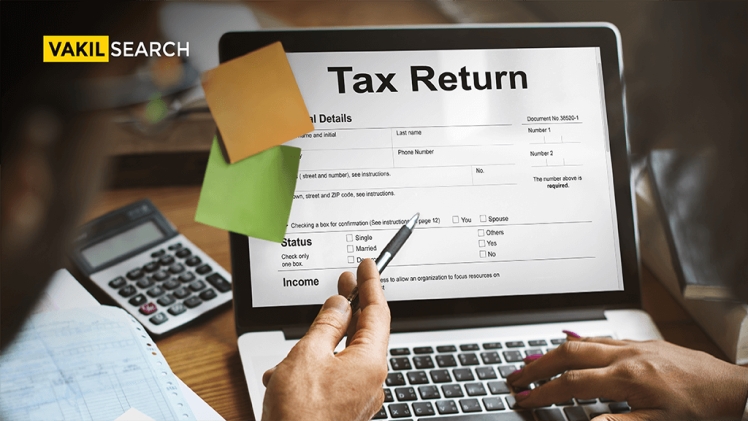The annual tax season brings a mix of anticipation and anxiety for taxpayers. After diligently preparing and filing their tax returns, many people eagerly await their tax refunds, while others wonder when they will need to settle their tax bills. The burning question on most taxpayers’ minds is, “How long does it take to get your tax return?” In this article, we’ll explore the various factors that influence the processing time of tax returns, the different methods of filing, and offer tips to expedite your refund.
Factors Affecting Tax Return Processing Time
The time it takes to receive your tax return can vary significantly depending on various factors. Understanding these factors can help you set realistic expectations for when to expect your refund or when you might need to make a payment.
The method you use to file your tax return can have a considerable impact on processing time. E-filing, or electronically filing your return, is typically faster than filing a paper return. The IRS processes e-filed returns more efficiently.
The complexity of your tax return can influence processing time. Simple returns with minimal deductions or credits are often processed faster, while more intricate returns that require manual review take longer.
The timing of your tax return submission can also impact processing time. Filing early in the tax season may result in quicker processing, as the IRS tends to have a lower volume of returns to review.
Errors or omissions on your tax return can lead to delays. Common mistakes include incorrect Social Security numbers, math errors, and incomplete forms. These issues may require additional review, prolonging the processing time.
In an effort to prevent fraud, the IRS may request identity verification for some returns. This process can lead to delays as the IRS confirms your identity.
If you’re claiming certain refundable credits, such as the Earned Income Tax Credit (EITC) or the Child Tax Credit, your return may be subject to additional scrutiny, potentially causing a longer processing time.
If you are due a refund, the method you choose to receive your refund can affect the time it takes to access your money. Direct deposit is typically faster than receiving a paper check.
E-Filing vs. Paper Filing
E-filing and paper filing are the two primary methods for submitting your tax return, and they offer different processing times.
E-Filing:
Faster Processing: E-filing is the quickest way to file your tax return. The IRS typically processes e-filed returns within 21 days.
Confirmation: You’ll receive an acknowledgment from the IRS once your e-filed return is accepted. This confirmation can provide peace of mind.
Paper Filing:
Slower Processing: Filing a paper return requires more manual processing, which can lead to longer processing times. It can take six to eight weeks for the IRS to process a paper return.
No Confirmation: With paper filing, you won’t receive immediate confirmation that your return has been received. This can cause some uncertainty regarding its status.
Tips for Expediting Your Tax Return
While you cannot control every aspect of the processing time, there are steps you can take to expedite your tax return:
As mentioned earlier, e-filing is the fastest way to submit your tax return. If possible, choose this method.
Review your tax return carefully to ensure there are no errors or omissions. This can prevent unnecessary delays due to mistakes that require correction.
Filing early in the tax season, preferably as soon as you have all your necessary documents, can help you get your refund sooner.
Choose direct deposit for your refund to receive it more quickly. Paper checks take longer to process and mail.
: The IRS offers a “Where’s My Refund?” tool on its website. This tool allows you to check the status of your refund and get an estimated date of arrival.
: If you discover an error after you’ve filed your return, assess whether it’s a significant error that requires an amendment. Unnecessary amendments can slow down the process.
If you claim the Earned Income Tax Credit (EITC) or Additional Child Tax Credit (ACTC), your refund might be delayed until mid-February due to a legal requirement to combat fraud.
Special Circumstances: Amended Returns and Audits
In some cases, the processing time for your tax return can be significantly delayed due to special circumstances, such as:
If you need to correct an error or provide additional information, you may need to file an amended return (Form 1040-X). Amended returns typically take longer to process, and it can take several months to receive your refund.
the IRS selects your return for an audit, the processing time will be extended significantly. Audits can be time-consuming and may require you to provide additional documentation and explanations.
Conclusion
The processing time for your tax return depends on various factors, including the filing method, return complexity, timing, and potential errors. While you cannot control all aspects of the processing time, you can take steps to expedite your refund and minimize delays. Choosing to e-file, filing early, and avoiding common errors are among the strategies that can help you receive your tax return more quickly. Keep in mind that if your return is more complex or subject to special circumstances, such as an audit or an amended return, you may need to exercise patience while awaiting your refund or resolution.

